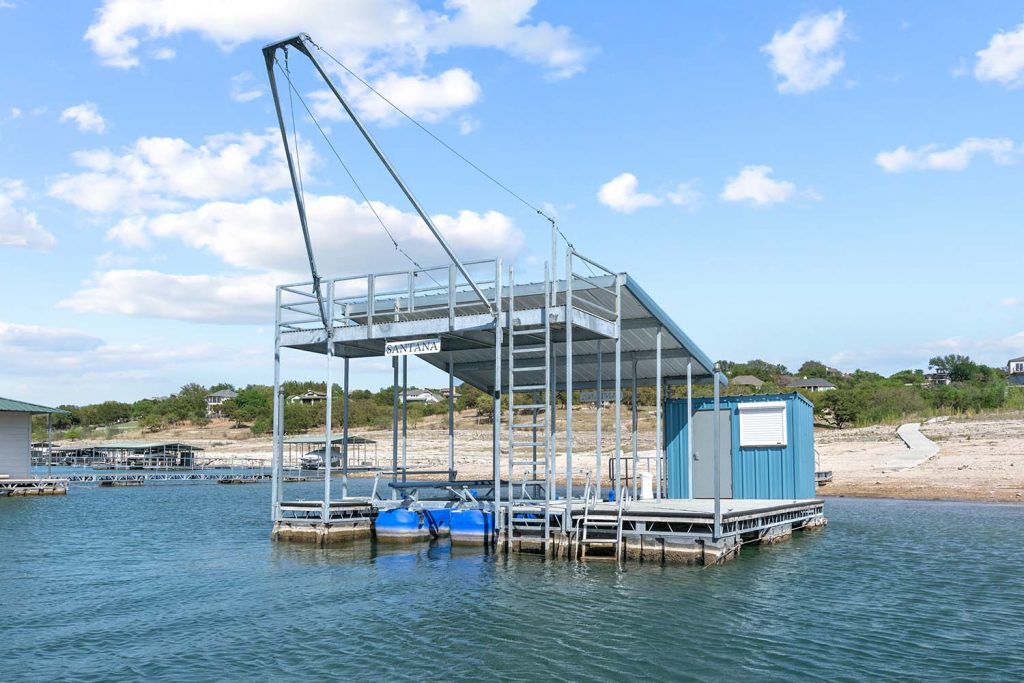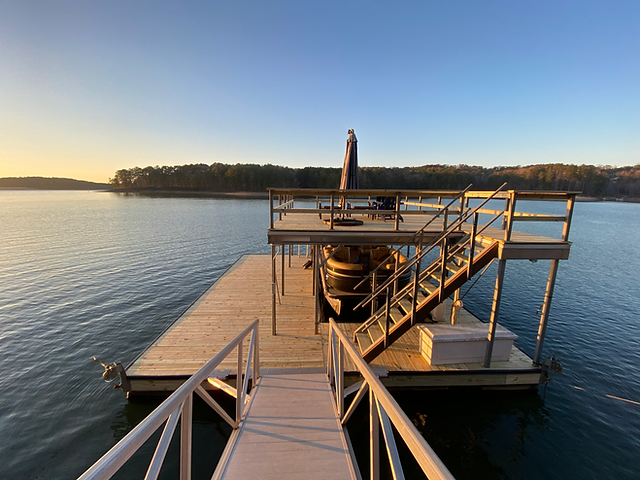Leading Indicators You Required Specialist Dock Repairs This Period
Leading Indicators You Required Specialist Dock Repairs This Period
Blog Article
Efficient Dock Repair Service Techniques: Making Certain Structural Integrity
Guaranteeing the architectural integrity of docks via effective repair service techniques is extremely important for the longevity and safety and security of marine centers. Subsequently, choosing the right repair work products, such as corrosion-resistant alloys and composite materials, is essential for durability.
Assessing Dock Damage
Evaluating dock damage is an essential very first action in making sure the structural integrity and safety and security of any kind of docking center. Trick facets to check out consist of the dock's structure, pilings, outdoor decking, and hardware (Dock Repairs).
Architectural designers or certified examiners typically perform these assessments using specialized devices and strategies. As an example, undersea examinations could use finder devices or remotely operated vehicles (ROVs) to detect immersed damages. Above water, aesthetic examinations are matched by utilizing moisture meters and various other diagnostic devices to discover underlying issues not instantly visible to the naked eye.

Choosing Repair Work Materials
Choosing the ideal repair materials is a pivotal action in the dock repair procedure, one that straight affects the long life and efficiency of the fixed framework. Product option must be driven by elements such as environmental conditions, load-bearing demands, and compatibility with existing dock elements. For example, timber is a traditional choice for docks due to its natural durability and visual allure. Selecting the best type of timber, such as pressure-treated lumber or naturally rot-resistant varieties like cedar or teak wood, is vital to stand up to water environments.
In addition to timber, composite materials are significantly prominent due to their durability and low upkeep demands. Compounds, normally made from a blend of plastic and timber fibers, use superb resistance to rot, insects, and UV damages. For steel docks, picking corrosion-resistant alloys such as galvanized steel or marine-grade aluminum is essential to protect against rust and make certain structural honesty in saline water conditions.
Epoxy resins and marine-grade sealants are indispensable for repairing splits and sealing joints, supplying a water-proof barrier and improving the dock's total stamina. By meticulously picking premium materials, dock repair work can accomplish durable outcomes, thereby protecting versus future deterioration and ensuring secure, reliable use.
Architectural Support Strategies
Effective structural reinforcement techniques are vital in ensuring the stability and longevity of dock repair work. One essential technique entails making use of steel or composite support bars (rebar) within concrete frameworks. Rebar provides additional tensile strength, avoiding fractures and dispersing lots much more equally. This approach is specifically effective for anchors exposed to hefty lots or rough ecological problems.
Another important method is the application of fiber-reinforced polymers (FRP) These materials supply high strength-to-weight proportions and excellent resistance to deterioration, making them excellent for enhancing concrete or wooden anchors. FRP can be used in sheets or strips and adhered with epoxy resins to boost architectural stability.
Supporting and securing systems also play an important role in architectural support. Cross-bracing, utilizing steel or wooden beams, can neutralize lateral forces, lowering persuading and movement. Securing systems, such as helical piers or driven heaps, give a secure foundation by transferring their website lots to much deeper, more secure soil layers.
Last but not least, the assimilation of load-distribution plates can assist distribute weight more evenly throughout the dock's surface, minimizing localized stress and anxiety points. These techniques collectively ensure that docks stay safe and robust, efficient in standing up to the roughness of their operational atmosphere.
Advanced Repair Techniques

An additional advanced technique includes underwater welding, which enables for repair work to be conducted without the need to dewater the location. This approach is specifically beneficial for resolving structural issues in submerged dock elements, making certain marginal disruption to operations. Enhanced welding techniques, coupled with robot systems, provide precision and integrity, thereby expanding the lifespan of the dock.
In addition, cathodic security systems are applied to prevent corrosion in metallic dock frameworks. By using sacrificial anodes or amazed existing systems, these techniques successfully alleviate the electrochemical procedures that bring about material wear and tear.
Last but not least, advanced monitoring technologies, such as structural health tracking (SHM) systems, offer real-time find out here now information on the condition of dock structures. These systems allow proactive upkeep and prompt treatments, inevitably ensuring the long-term structural integrity of the dock.
Maintenance and Prevention
Maintenance and avoidance are basic ideas that underpin the longevity and safety and security of dock structures. Regular inspections are vital, permitting for early detection of damage, potential weaknesses, and environmental effects. A proactive technique, involving regular checks for deterioration, rot, and architectural shifts, mitigates costly fixings and lengthens the dock's functional life.
Preventative procedures must consist of applying safety finishings to metal elements to guard against corrosion and using treated wood to resist decay. Additionally, ensuring appropriate drain and ventilation can stop water accumulation, which is a common root cause of architectural destruction. Incorporating top quality materials and sticking to producer guidelines during building and repair work phases likewise play essential roles in boosting sturdiness.

Training workers in dock upkeep finest practices makes sure consistent application of safety nets. Leveraging technical developments, such as drones for examinations and sensors for real-time tracking, can further improve maintenance efforts. By prioritizing upkeep and prevention, dock owners can ensure architectural stability, functional safety and security, and cost-efficient administration over the dock's life expectancy.
Verdict
In conclusion, preserving the structural honesty of aquatic centers requires comprehensive dock repair strategies. Advanced fixing methods, coupled with routine upkeep techniques, make sure the dock stays operational and risk-free under diverse environmental problems.
Making certain the structural honesty of anchors with efficient repair service methods is vital for the longevity and security of aquatic facilities.Selecting the suitable repair work materials is a pivotal step in the dock repair process, one that directly influences the durability and efficiency of the fixed structure.Effective architectural reinforcement techniques are critical in making certain the stability and durability of dock fixings. By focusing on upkeep and avoidance, dock owners can make certain news architectural stability, operational security, and economical administration over the dock's life expectancy.
In conclusion, maintaining the architectural integrity of marine facilities necessitates detailed dock repair strategies.
Report this page